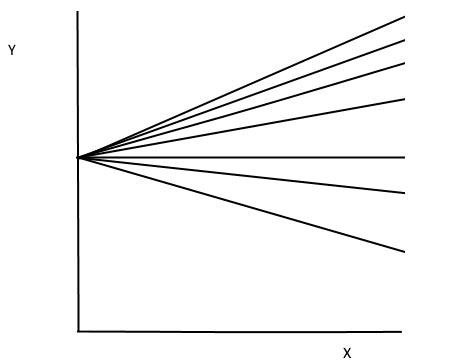Ive just recently started learning about the ICC and multilevel models and I've been told that one way to determine whether a MLM is warranted is by checking the size of the ICC. I'm struggling to understand why the ICC is a good indicator for whether you should run a MLM
From what I understand, the ICC tells you how much variability there is between your clusters/groups. If ICC is large, then there is a lot of variability between your clusters, and you should treat them separately, either allowing for random intercepts or random slopes
I can sort of understand why the ICC might be useful if you were interested in running a random intercepts model. High variability between clusters might suggest that they have differing means and potentially differing intercepts, so we run a MLM that allows for a different intercept for each cluster
But does the ICC tell you anything about the likelihood of different slopes for each cluster? I cant quite wrap my head around how slopes are related to the value returned by the ICC. If the ICC the small, then it means theres little variability between the clusters, which might suggest that their means are similar and thus a random intercepts model may not be needed, but does that automatically mean a random slopes model is also not warranted?

